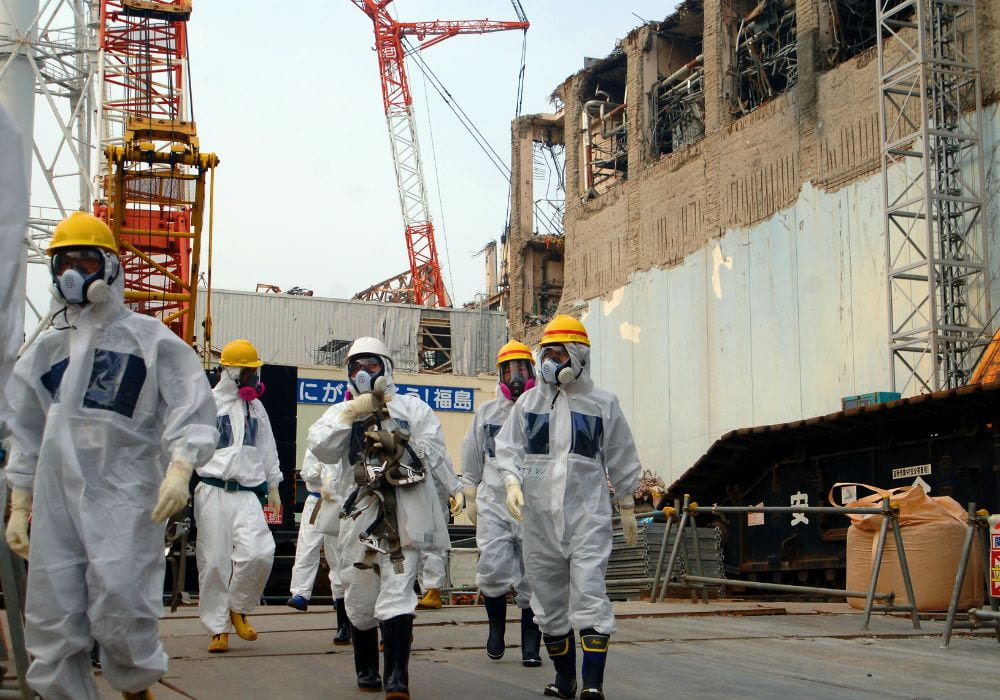
The Tohoku earthquake, the strongest earthquake ever recorded in Japan, caused a tsunami that killed 18,000 people and displaced countless others on March 11, 2011. Widespread infrastructure damage from the tsunami included the Fukushima nuclear power plant which resulted in leaked radiation, explosions, and the forced evacuations of over 150,000 people.
Despite the risk of burns, radiation damage, and respiratory harm, many of the nuclear plant workers tried to save others and control the meltdown. The Japanese army oversaw relief efforts such as supplying food, water, and blankets to the effected population. Following the disaster, environmental contamination has since affected ecosystems and fisheries in the vicinity.
In Nancy Daneau’s case study about the Fukushima nuclear disaster, she notes Japan’s disaster system was only meant to handle one disaster at a time and was overwhelmed by the simultaneous earthquake, tsunami, and nuclear plant accident. In a world where cascading disasters may occur more often, Daneau emphasizes it is vital to encourage cooperation between a diverse array of groups and utilize technology to prepare for a variety of converging scenarios.
by Leanne Auyeung
